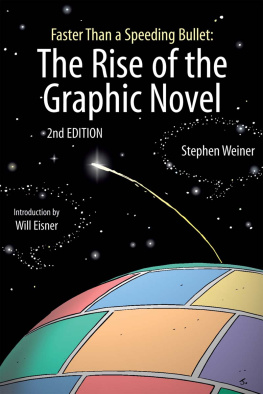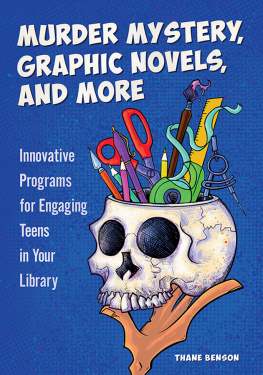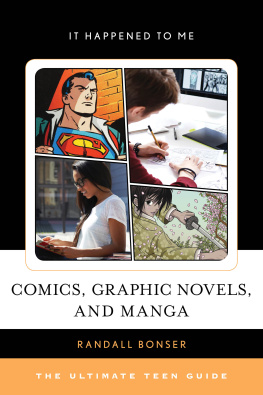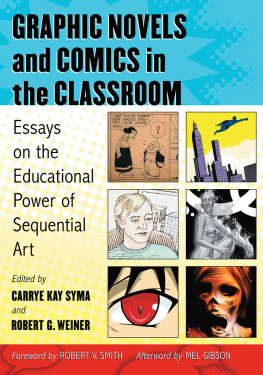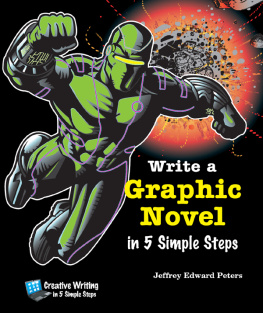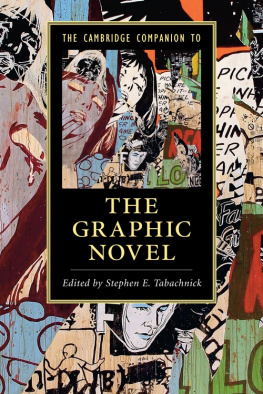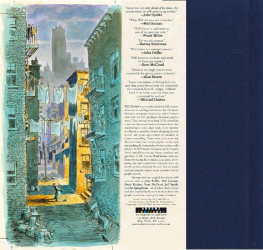
ISBN 978-1-56163-702-7
Library of Congress Control Number: 2012947465
Faster than a Speeding Bullet: The Rise of the Graphic Novel 2003 Stephen Weiner
2012 Stephen Weiner for the second edition updates
Covers and artwork their respective owners
Editor: N. C. Christopher Couch, except for updates
Foreword 2003 Will Eisner
Cover art 2003 Jeff Smith
Cover coloring by Steve Hamaker
Book Design by Chris Shadoian

For Ken, my brother
1949-2002
& for Bill Sleator
1945-2011

Contents
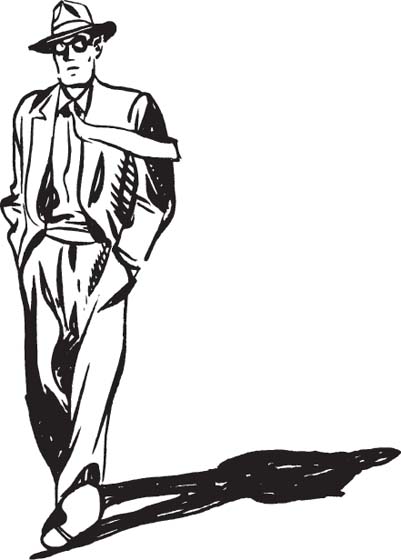
Foreword
Will Eisner

At the very moment in its history when the lowly comic book has at long last reached maturity it is important to have this excellent account of its journey from literary fast food to acceptable popular literature.
My applause for this work stems from my long and often frustrating involvement with comics as a medium. When I entered the professionI was present at its birthcomic books, which were then called magazines, were dismissed as cheap entertainment for kids. They were disdained by the arbiters of our culture. I myself had only a visceral belief in the viability of the art or its future as acceptable literature. There was no evidence of its endurance as anything other than a fleeting fad of popular culture. History has proved otherwise.
At this writing almost seventy years later, comic book publishing thrives, providing opportunity for young creators and a body of popular literature firmly built on its own picture-story language. Available to readers now are a variety of categories from simple, thirty-two-page adventure, horror, superhero, instructional, reportage, and experimental comics and Japanese manga to the weighty graphic novels.
The manner of their creation has evolved from a work written and drawn by a single individual to a wedding between writer and artist. This has established a creative process that employs the skills of an accomplished writer and an artist of great sophistication. All of which has attracted critical approval and elevated the standards of the medium.
Superhero comics are mined by the motion picture industry for ideas, plots, and audiences. Motion picture adaptation of comics is now widespread.
Japanese manga, with their animation-related artwork, are finding a huge following among American teenage readers.
Meanwhile, establishment bookstores are assigning shelf space for Pulitzer Prize and other award winners as well as serious graphic novels that address adults.
The most significant evidence of comics arrival, however, is their acceptance and acknowledgment by public librarians. The inclusion of graphic novels in their collections is a most welcome happening and, I might say, about time.
It was the converging of our interest in this awakening that provided me with an opportunity to exchange with Steve an observation of the current movement by the tectonic plates of our literary world and introduced me to this work. Steve Weiner has produced a very responsible survey and introduction to this literary phenomenon. Read it, learn, and enjoy.

Preface

In 1986, many working in the comics field thought that the breakthrough into mainstream culture theyd waited for was about to happen. That year, DC Comics released Watchmen and Batman: The Dark Knight Returns, both sophisticated superhero stories aimed at adult readers. Pantheon Books published Maus, a holocaust survival story which eventually earned a Pulitzer Prize.
The breakthrough the comics industry hoped for didnt happen in 1986, but that year was a turning point. From then on, cartoonists aimed higher and hoped more than ever that their books would breakor at least peekout beyond the traditional comic book readership, and focused more on stories holding appeal to readers who didnt care for traditional comic books.
In 1996, I published a little guide for librarians, 100 Graphic Novels for Public Libraries. As a result, I was asked to speak before interested groups at libraries and academic conferences about comics and graphic novels. The audiences for these talks were always curious about this field, so new to them, and Id end each presentation with a question and answer period. After responding to a few questions about individual graphic novels, a member of the audience would inevitably ask, How did this happen? How did the comics field grow to produce these things like Maus, things called graphic novels? In 2001 NBM published my follow-up book, The 101 Best Graphic Novels, which reached out both to and beyond librarians with more information about the form. More talks followed, and I was asked the same, inevitable question even more frequently.
This book is my answer. Its informed by observing the comic book industry over a thirty-year period, the numerous histories of comics Ive read, and interviews Ive conducted with comic creators. Those whom I interviewed for this book are listed in the acknowledgments.
Graphic novels, as I define them, are booklength comic books that are meant to be read as one story. This broad term includes collections of stories in genres such as mystery, superhero, or supernatural, that are meant to be read apart from their corresponding ongoing comic book storyline; heart-rending works such as Art Spiegelmans Maus; and nonfiction pieces such as Joe Saccos journalistic work, Palestine. As is the case with my other books, this book was written to learn more about a field Ive enjoyed for most of my life.
Here, then, is how the comics industry grew up, took itself seriously, and made enough noise so that mainstream readers were finally forced to pay it serious attention.
ACKNOWLEDGMENTS
For their help with this book, the author would like to thank the following people:
Steve Bissette
Peggy Burns
Chris Couch
Jim Crocker
Tony Davis
Tom Devlin
Tavish Donahue
Eric Drooker
Will Eisner
Jules Feiffer
Neil Gaiman
Craig Shaw Gardner
Lorraine Garland
Kathleen Glosan
Judy Hansen
Ben Katchor
Denis Kitchen
Peter Kuper
Scott McCloud
Terry Nantier
Richard Pini
Wendy Pini
Eric Reynolds
Chris Shadoian
Art Spiegelman
Chris Staros
Dan Vado
Special thanks to Jeff Smith, for telling me to write this book.
I long for the mantle
of the great wanderers, who lighted
their steps by the lamp
of pure hunger and pure thirst,
And whichever way they lurched was the way
Galway Kinnell, The Book of Nightmares

Next page
